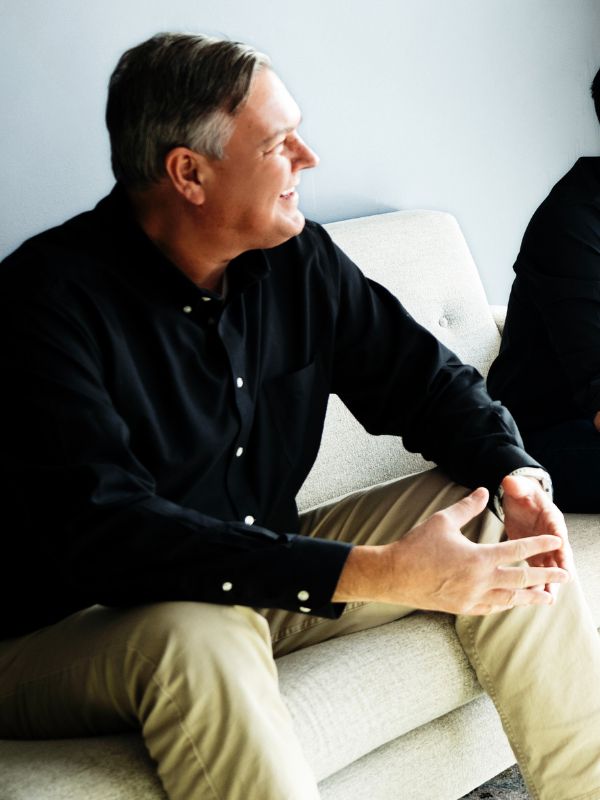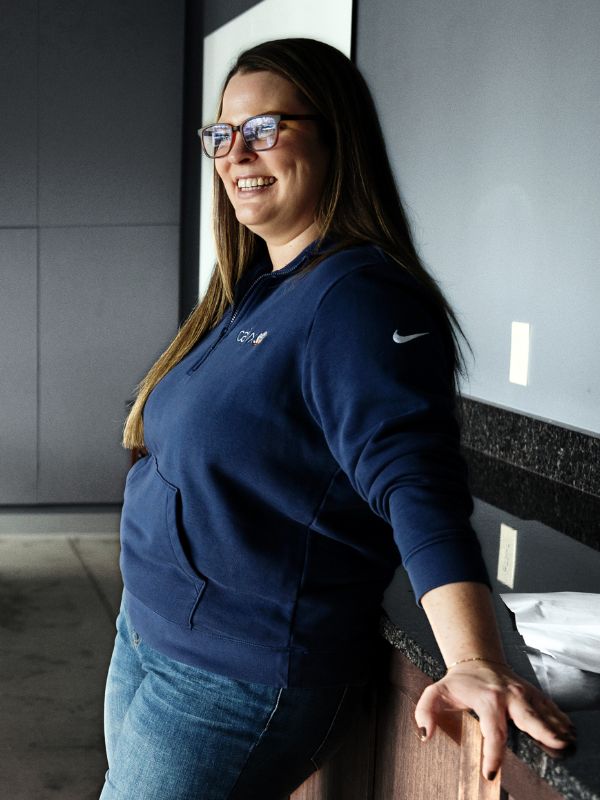Discover a proven path to success
Make technology decisions with confidence
Work with an IT company you really like

Built Differently to Serve You Better
Most MSPs are staffed with techs in a tiered hierarchy. The Calyx team is filled with smart and seasoned technicians, too, but we put service first.
When you partner with Calyx, you get:
-
A dedicated service advocate who makes sure the work we do is aligned with your organization’s goals.
-
Guidance from our service architect: A team member whose sole job is to create a better way, so you feel assured you’re on the best track.
-
Support anytime from service specialists who want to make you happy.
-
The confidence of knowing that our entire staff shares this mission: To create a better way for people to leverage technology and achieve new potential.
Are you ready to discover your potential?
Happy, Peaceful, Assured and Confident
These might not be words you normally associate with your “IT guys,” but the Calyx team’s goal is to act in ways that will make you feel special – while we also guide you to new opportunities and fewer support issues.
What could you accomplish with the help of an IT company in Cleveland that's designed just for your organization?

What’s In It for You?
We could go on and on about our decades of experience, the clients who have stuck with us for years and our firm belief that the right technology is key to success, but what does that mean to you?
Here’s the bottom line: With our proactive partnership approach, our dedicated service architect and our promise to make switching to Calyx as smooth as butter, choosing us as your new MSP will slash your IT issues, save you headaches and position your business for growth you might not have imagined.
-
98.7% customer satisfaction scores (95% considered best in class)
-
Response time 2X faster than national average (Calyx averages 25 minutes)
-
Reduce IT issues by 75% compared to traditional MSPs
How does your current provider compare?
Our Raving Fans
“Calyx is a wonderful company and it starts at the top with their CEO, Jason Fordu. He brings so much commitment, drive and passion to all aspects of his company and that percolates to all levels of his staff. High quality and continuous improvement is expected and Calyx delivers.”
Bruce R.
president, manufacturing
“Calyx has consistently exceeded our expectations as a partner. Their solutions addressed our business needs, streamlining our workflows and most importantly improved our efficiency. The support team is responsive and available to assist. We highly recommend.”
Chris B.
partner, construction
“Great response time with experienced computer diagnosticians.
Have been a continuous customer for almost 10 years. Calyx is exceptional!”
Joe S.
founding partner, accounting, tax & consulting
Find Peace of Mind
Tell us your tech headaches and goals
Get a customized plan for expert services and solutions
Love your IT again with an MSP that makes you feel special
